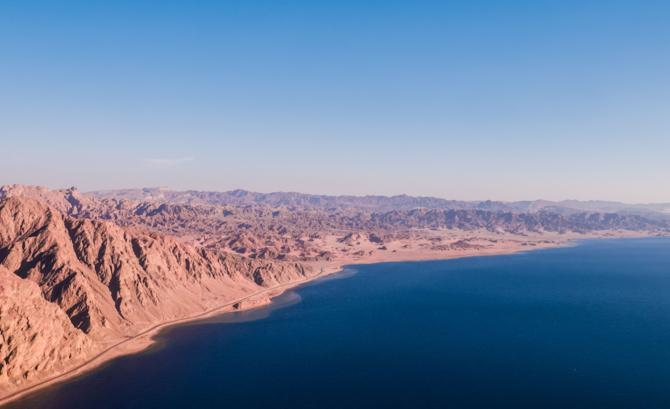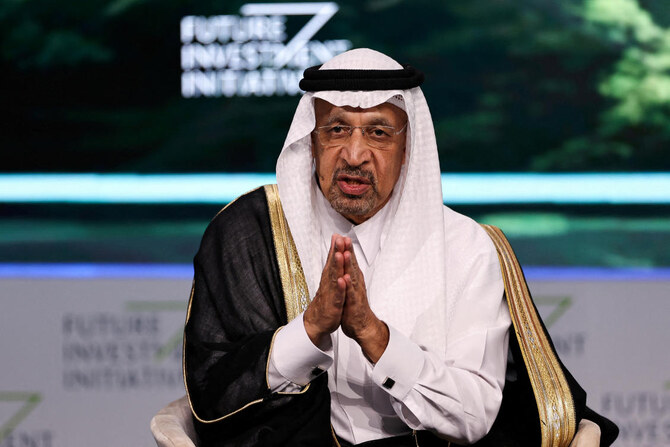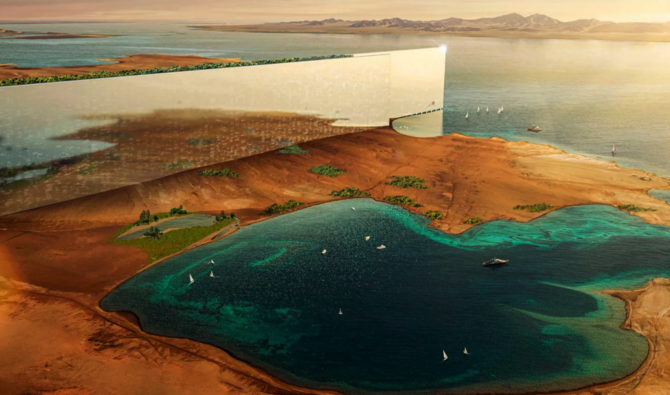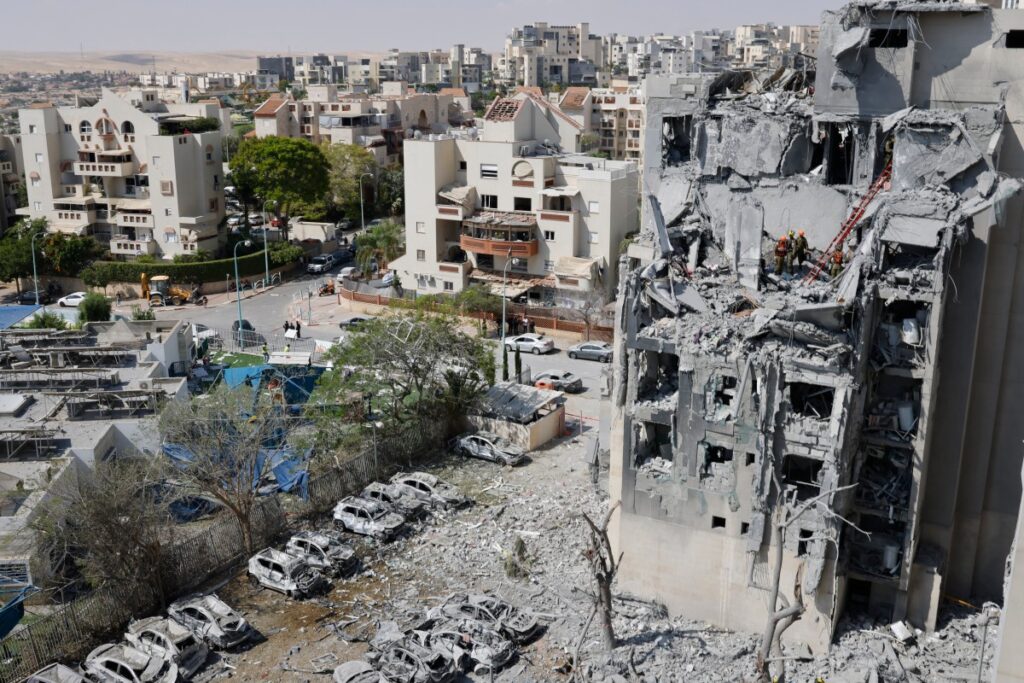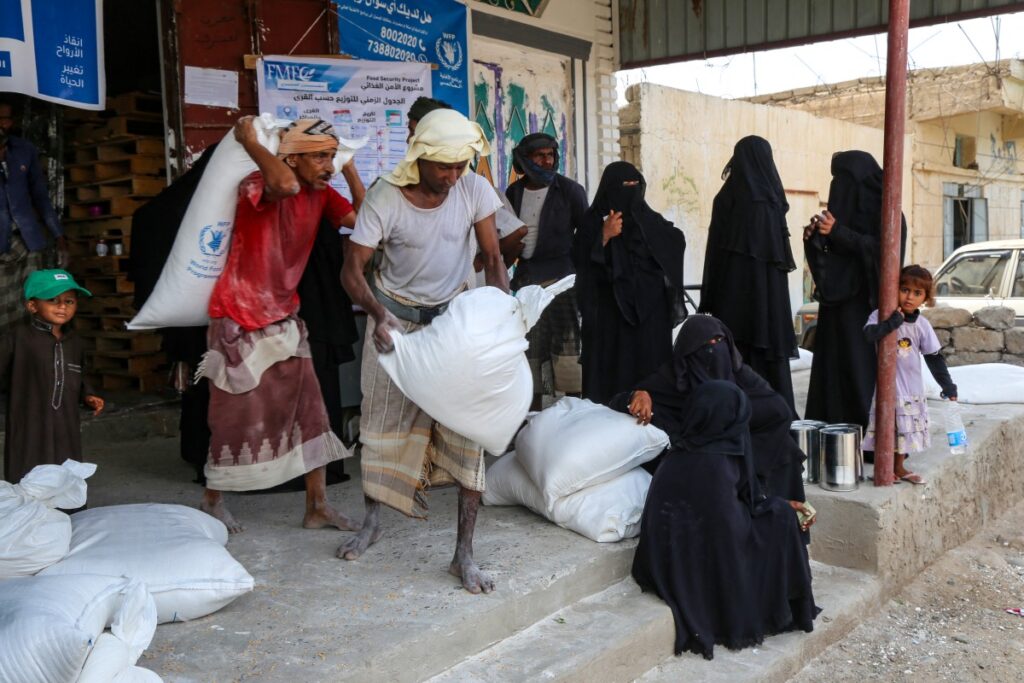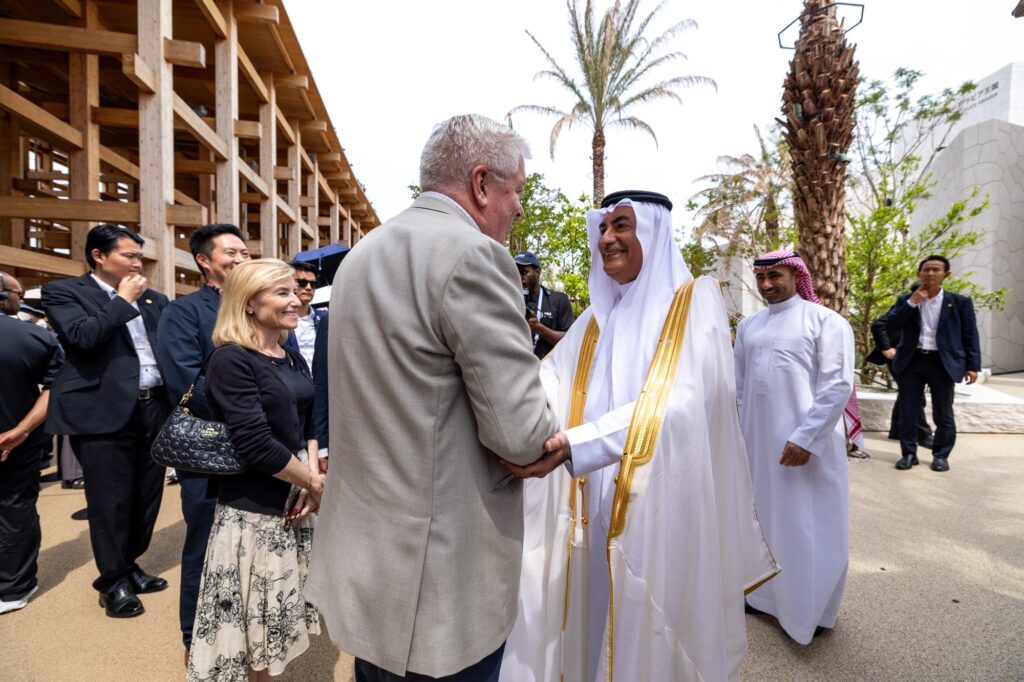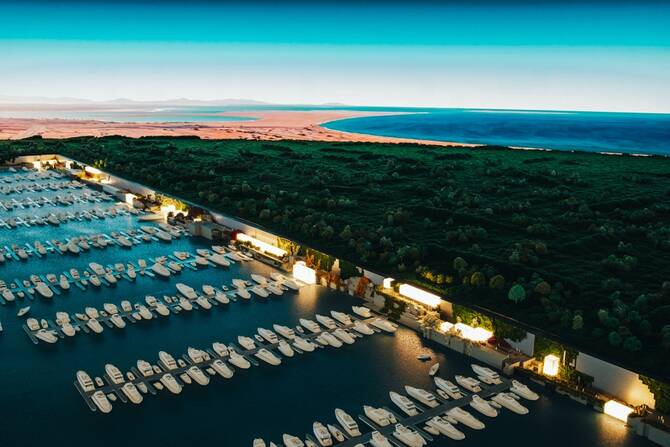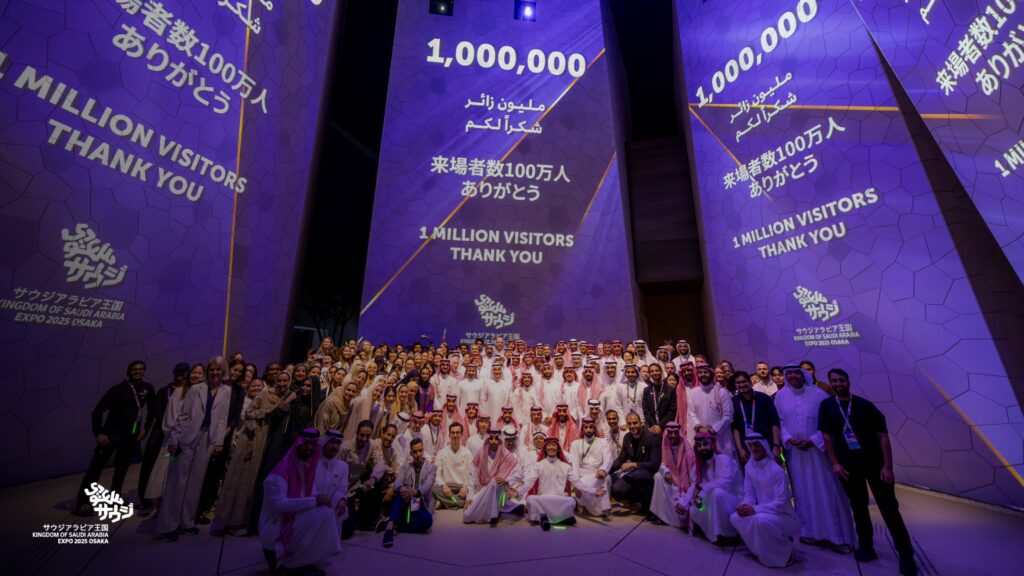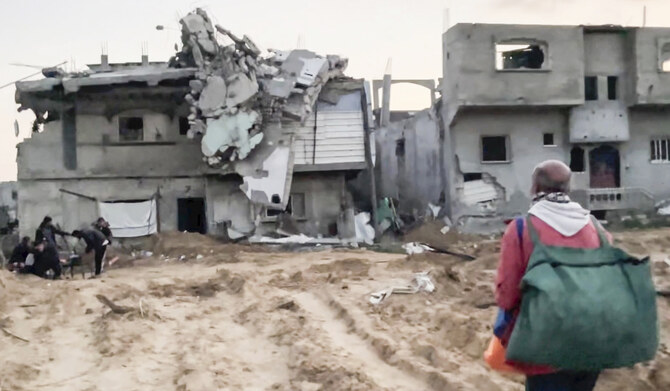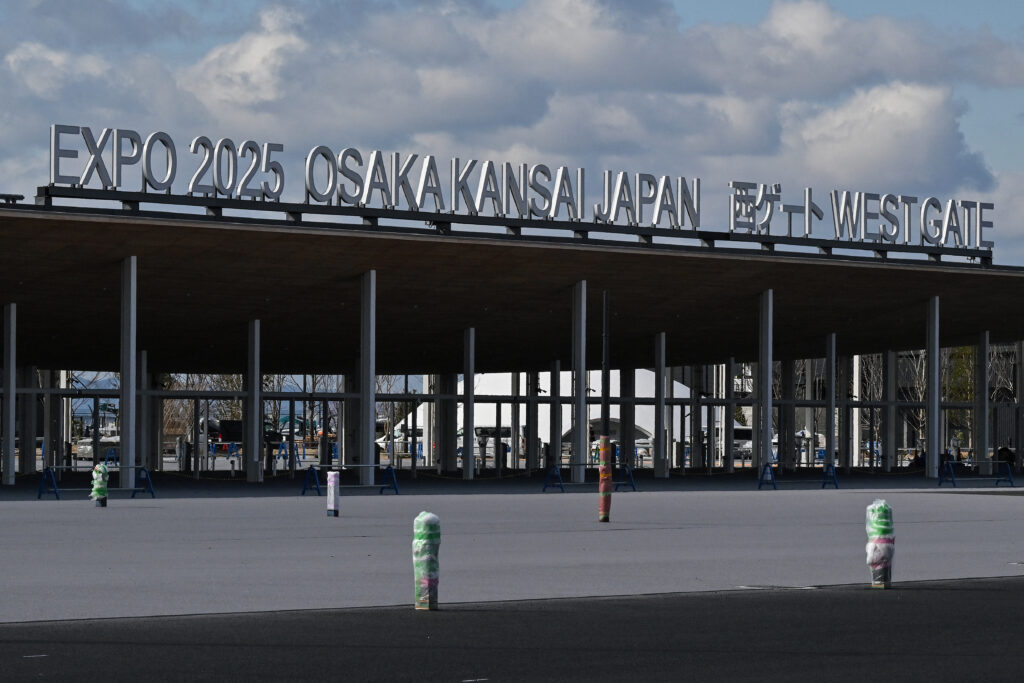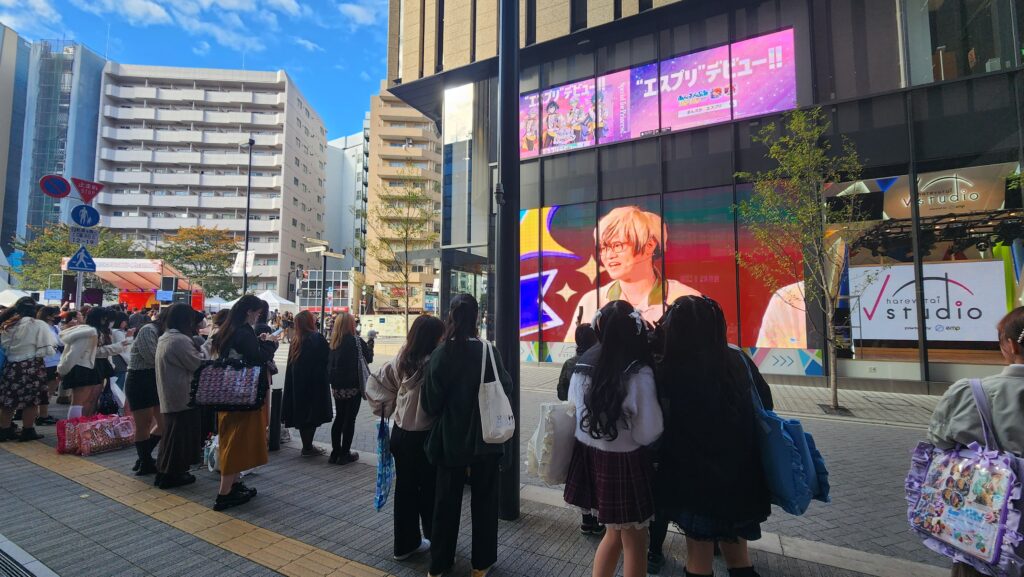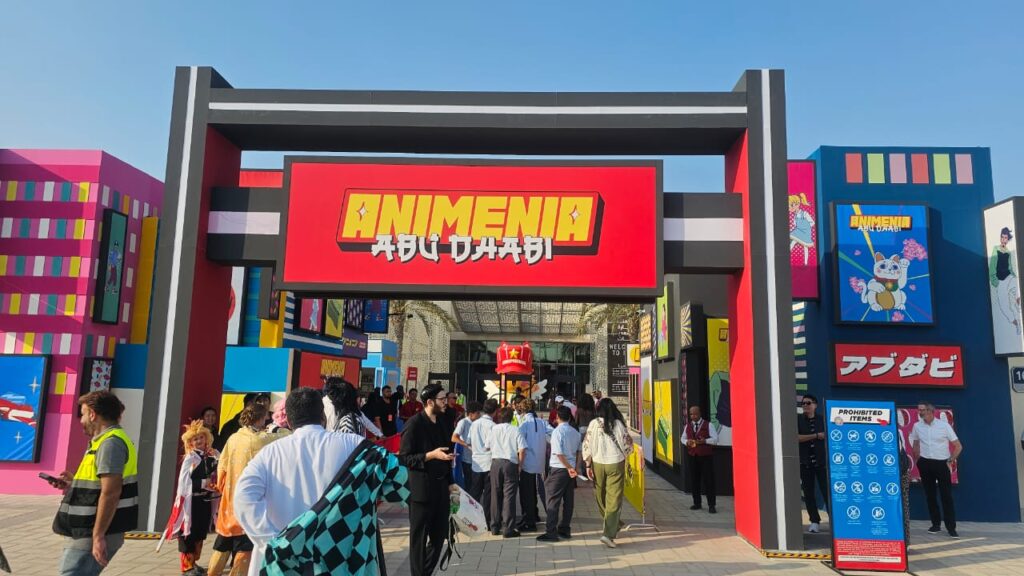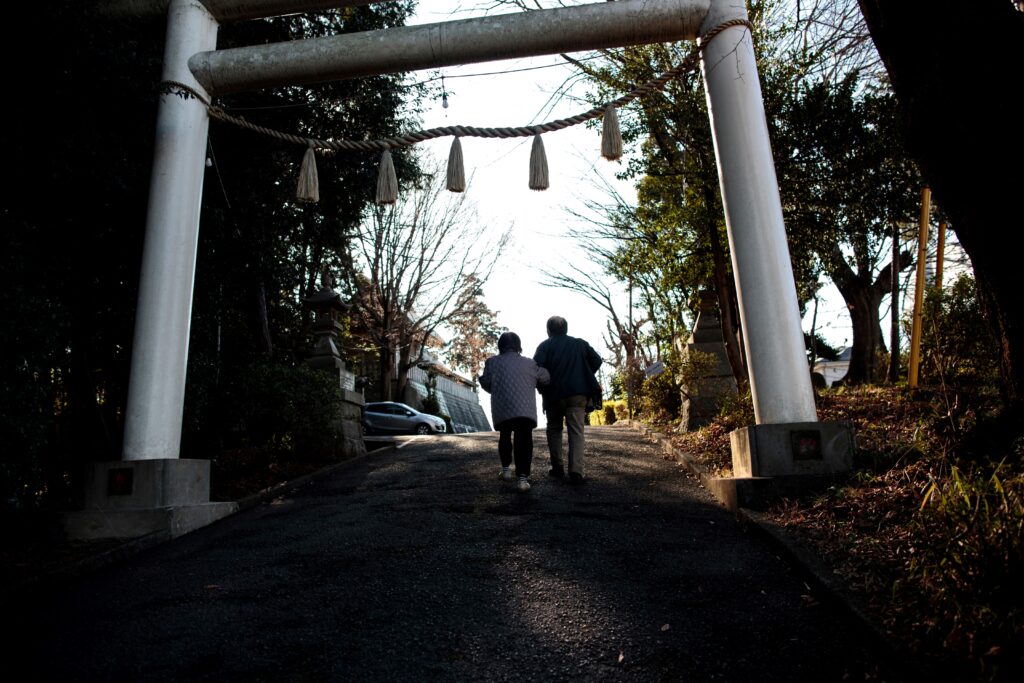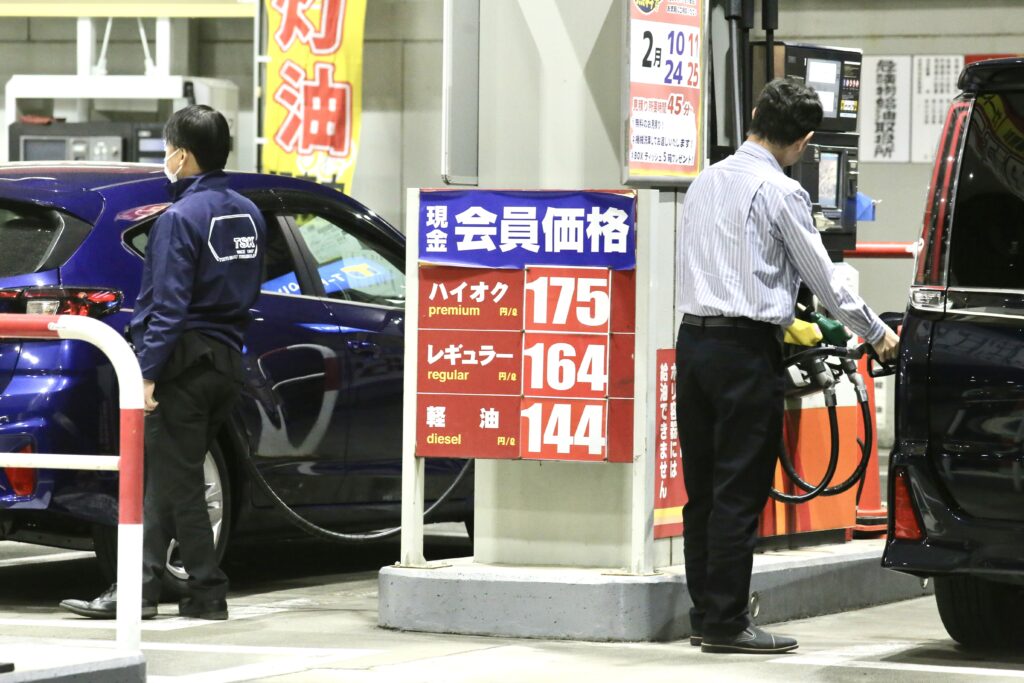Wael Mahdi And Shatha Almasoudi
RIYADH: The chief executive of French owned power giant ENGIE in Saudi Arabia, Turki Al-Shehri, finds it hard to hide his excitement about green hydrogen. However, he couldn’t hide his worries on the difficulties that conventional energy projects are currently facing.
He told Arab News that financing for plants that are not green has become “much more difficult”. On projects where there is no credit rating, the firm has had to do its corporate financing at times, as well as its own credit analysis.
“This is not the ideal way to be at this stage,” he said.
On the other hand, Al-Shehri firmly believes the future is hydrogen. He said: “I think it’s a global energy changer. Green hydrogen is coming. Even before it was even a buzzword, we’ve been spending roughly €60 million a year on green hydrogen research around the world.”
Hydrogen has been the fuel of the future for decades but investment in the technology has increased in recent years.
The European Union plans to invest $430 billion in green hydrogen by 2030, and, along with Saudi countries such as Chile, Japan and Australia are investing heavily in the technology.
Green hydrogen is produced using renewable energy to split water, a process called electrolysis. It is distinct from grey hydrogen, which is produced from methane and releases carbon into the atmosphere, and blue hydrogen, which captures the emissions and stores or reuses them.
Currently less than 0.1 percent of the hydrogen produced globally is green, but that is changing.
One of the Kingdom’s giga-projects, the $500 billion megacity NEOM, will be powered by green hydrogen. The huge futuristic development by the Red Sea, first announced in 2017, will cover an area 33 times the size of New York City. It will feature the latest cutting-edge technology that will see no cars on the streets while pedestrians access services through machines that can recognize their faces.
The city will be run on 100 percent renewable energy, with green hydrogen playing a big part of that.
Wind and solar energy can generate enough electricity to power homes and electric cars, but green hydrogen has the bigger potential to power large-scale manufacturing plants, as well as transport that is more difficult to electrify, such as planes, shipping and long-distance trucks.
The Kingdom enjoys the world’s cheapest wind and solar power, because of its high sunshine rates during the day and reliable winds at night, and it intends to step up its investment in green hydrogen development.
ENGIE’s Al-Shehri concedes that this type of power is more expensive than fossil fuels, but adds that the low cost of green energy in the Middle East makes it an attractive option that even has export potential.
Last July, NEOM, Saudi energy firm ACWA Power and US company Air Products signed a $5 billion deal to build the world’s largest green hydrogen plant to supply 650 tons per day of carbon-free hydrogen by 2025.
Al-Shehri calls the deal a “fantastic achievement,” adding: “I think we’re going to continue to see similar opportunities with respect to ENGIE.”
The energy boss says the key to getting these early-stage green projects off the ground is companies finding government projects that come with guarantees to take the power produced at an agreed price.
“Green financing from good credit rating agencies of government projects is not a problem at all,” he said.
In March, ENGIE in Saudi Arabia signed a $450 million deal to build the first large-scale desalination project in the Kingdom partly powered by solar panels.
ENGIE has a 25-year concession to run the plant, based 140 km west of Medina, which is due to come on stream in the final quarter of 2023.
Construction on the project will create 500 jobs, with around 40 percent going to Saudis.
Al-Shehri said at the time: “Our objective will be to create local jobs, support increasing foreign direct investment, diversify the economy, and harness the global expertise of ENGIE into the Kingdom of Saudi Arabia.”



